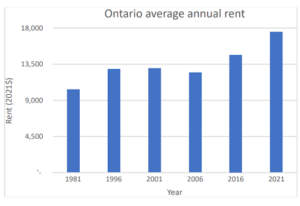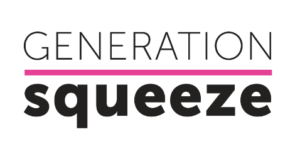Here are two quick guides to the housing issues in this provincial election:
The Ontario Non-Profit Housing Association has five handy charts that show the positions of the four major parties under five categories:
- Build
- Reinvest
- Implement
- Commit
- Pledge.
Check it out at https://qc.onpha.on.ca/2022/05/what-the-major-ontario-party-platforms-say-about-affordable-housing/
Generation Squeeze goes beyond listing the campaign promises and actually rates the platforms. You’ll have to go online to learn who gets the best and worst ratings: https://www.gensqueeze.ca/ontario_votes_2022
And while you are at the Generation Squeeze website, check out their report on just how unaffordable housing has become in Ontario: https://www.gensqueeze.ca/housing_affordability_analysis Here’s a quick summary:
“Ontario’s housing system has never worked worse for protecting affordability”
“A typical young Ontarian now has to work 22 years to save a down payment on an average home – an increase of 6 years over the pandemic. To close the gap between prices and earnings, average home values would need to fall $530k (over 60%), or average earnings increase by 150% to $137k/year. Unsurprisingly, there’s been a 20% drop in the number of younger people who own homes… and their consolation prize for being locked out of the market is rising rents.”
 And check out this graph, which shows average annual rent in Ontario since 1981. It’s in constant 2021 dollars, meaning the impact of inflation has been taken out to make the comparison fair. For the nearly $18,000 average rent in 2021 to be affordable, you’d need a household income of $60,000. By comparison, half the workers in Ontario earn less than $26 an hour, less than $51,000 a year if full-time. That means that without a second income, more than half of Ontario’s workers can’t afford the average annual rent.
And check out this graph, which shows average annual rent in Ontario since 1981. It’s in constant 2021 dollars, meaning the impact of inflation has been taken out to make the comparison fair. For the nearly $18,000 average rent in 2021 to be affordable, you’d need a household income of $60,000. By comparison, half the workers in Ontario earn less than $26 an hour, less than $51,000 a year if full-time. That means that without a second income, more than half of Ontario’s workers can’t afford the average annual rent.

